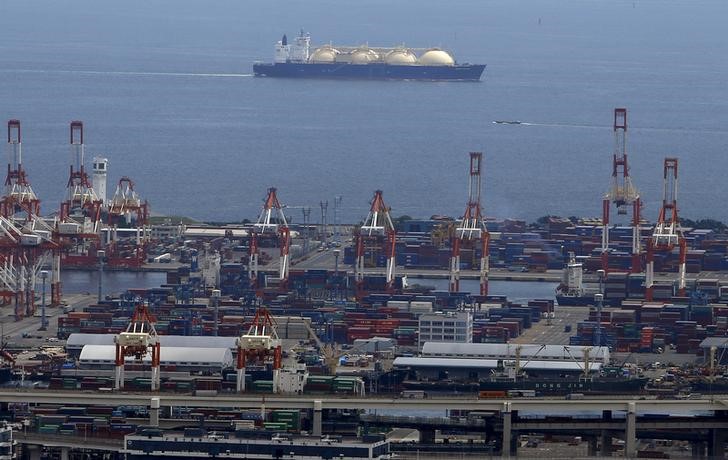Investing.com — The U.S. market is poised to enter a new cycle of demand growth, with major drivers being rising liquefied natural gas exports and increased electricity consumption, according to analysts at Morgan Stanley (NYSE:).
Despite challenges such as elevated inventories and production constraints, the long-term outlook for the market remains constructive.
Natural gas inventories remain above historical averages, influenced by milder winter conditions and subdued consumption in October and November.
However, the storage levels are expected to normalize in 2025, with forecasts predicting a significant shift to below-normal levels by late next year.
Analysts maintain a 2025 Henry Hub price forecast of $3.75 per million British thermal units, reflecting an about 18% upside compared to current futures.
On the supply side, the market has faced subdued activity, with rig counts and completions in key production areas such as Haynesville and Marcellus below maintenance levels.
This trend, combined with pipeline bottlenecks and a maturing shale industry, highlights constraints in meeting future demand.
However, production is projected to grow modestly in 2025, with contributions from deferred capacities being activated.
The demand outlook is dominated by LNG expansion. While some projects, including Golden Pass Train 1, face delays, Morgan Stanley estimates LNG feedgas flows will increase by 2.3 billion cubic feet per day in 2025.
Over the next five years, U.S. LNG export capacity is expected to grow by 85%, adding approximately 11 bcf/d to domestic demand.
In addition to LNG, electricity consumption is projected to rise, spurred by the expansion of data centers, onshoring of manufacturing, and broader electrification trends.
Analysts estimate that each 1% growth in electricity demand contributes nearly 0.9 bcf/d to gas consumption annually.
These factors could amplify natural gas use even amidst growing renewable energy integration.
Winter weather remains a critical variable for market balance in 2025. Morgan Stanley highlights that a colder-than-average winter could deplete storage to 20% below the five-year average, while a milder season might leave inventories significantly higher. Such volatility underscores the sensitivity of prices to climatic conditions.
This anticipated growth cycle diverges from the past due to structural shifts in the market. A decade ago, a wave of infrastructure investment and falling production costs underpinned a robust supply response.
Now, however, rising costs, inventory exhaustion in shale basins, and limited pipeline expansions pose challenges.
Morgan Stanley suggests that while there are risks, including policy shifts and geopolitical developments, the U.S. natural gas market is positioned for a period of sustained growth driven by these transformative demand drivers.
Read the full article here


